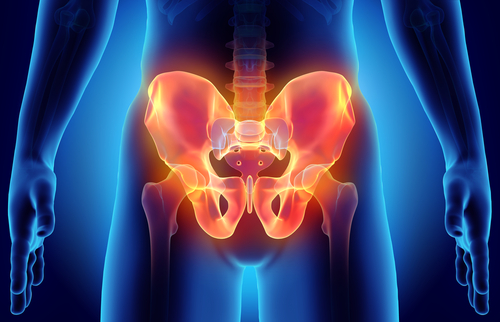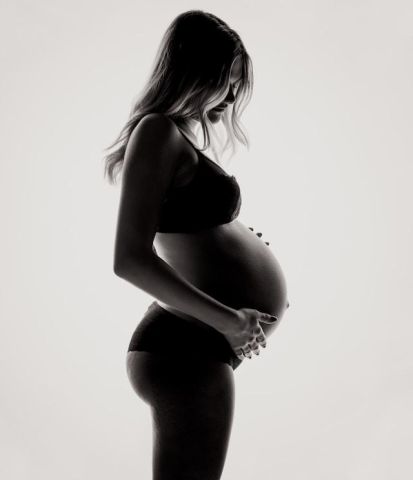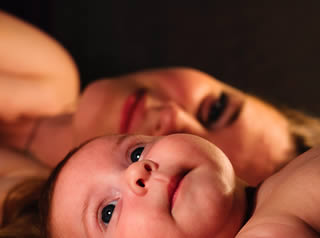Alphabetical Index of Articles on Women's Sexual, Pelvic Floor, and Reproductive Health
Abdominal Wall Endometriosis : What is it and How is it Treated
 Healthline author Gabrielle Kassel was asked to look into abdominal wall endometriosis, and she reached out to me for more info on this all too common issue that plagues many women. Here is a brief synopsis of the article with a link to the full article below.
Healthline author Gabrielle Kassel was asked to look into abdominal wall endometriosis, and she reached out to me for more info on this all too common issue that plagues many women. Here is a brief synopsis of the article with a link to the full article below.
Heather JeffcoatHealthline Asks Heather Jeffcoat About Abdominal Wall Endometriosis
What is abdominal wall endometriosis?
In a recent interview with Healthline, I mention that Endometriosis is a condition that can develop in the fallopian tubes or ovaries. Though in some occasions the uterine-like cells grow outside the uterus and into other parts of the body. This condition can sometimes occur in rare forms, including a form consisting of cell growth along or within the abdominal wall known as abdominal wall endometriosis (AWE).
Condoms May Help Reduce Risk for Recurrent Pelvic Inflammatory Disease and Chronic Pelvic Pain

Happy National Condom Week!
Are you suffering from recurrent pelvic inflammatory disease and/or chronic pelvic pain? Condoms may help reduce the risk.
Condoms are an effective barrier method of contraception (82% effective, according to the CDC) and reduce the spread of sexually transmitted diseases (STDs) including HIV, gonorrhea, and Chlamydia.
There are other benefits. Regular condom use with intercourse may also help the risk of recurrent Pelvic Inflammatory Disease (PID), Chronic Pelvic Pain (CPP), and Infertility. According to the 2004 study by Ness, Randall, Richter, et al., consistent condom users had 50% reduced risk for recurrence of PID, 30% reduced risk for chronic pelvic pain, and 60% reduced risk for infertility due to PID.
Treating Bloating and Abdominal Distension: a Multi-Disciplinary Team

Why a Multi-Disciplinary Team is Best for Treating Bloating and Abdominal Distension
Bloating, abdominal distension, loose stools, constipation, abdominal or pelvic pain, fatigue, brain fog, weakness, nutritional deficiencies… these symptoms may be caused by a variety of gastrointestinal or pelvic conditions. If you are experiencing any of these symptoms, this article is a good place to start when deciding who to have on your care team, and what treatments can help!
Underreported Pregnancy Related Lumbopelvic Pain (aka PLPP)

Underreported Pregnancy Related Lumbopelvic Pain:
A common condition that most healthcare providers are missing and how physical therapy can help
Being pregnant comes with lots of changes to an expecting mother’s body. Hormonal and physical changes to the body, as well as vascular and neural factors can cause pregnancy-related lumbopelvic pain (PLPP). About 63% of pregnant women in the U.S. experience it at some point during gestation. A recent survey study involving 538 pregnant women with pregnancy-related lumbar and pelvic pain (henceforth termed lumbopelvic pain) found that only 43% reported it, and of those, only 22% received any treatment!1 Physical therapy through the use of manual treatments, therapeutic exercises, muscle re-education, and functional activity training (lifting mechanics, proper sitting and standing posture) have been proven effective at reducing pregnancy-related lumbopelvic pain and improving quality of life.2,3,4 Pregnancy-related lumbopelvic pain can interfere with quality of life, physical function, inability to perform daily activities, sleep disturbances, and can contribute to mood disorders such as anxiety and depression.1,2












